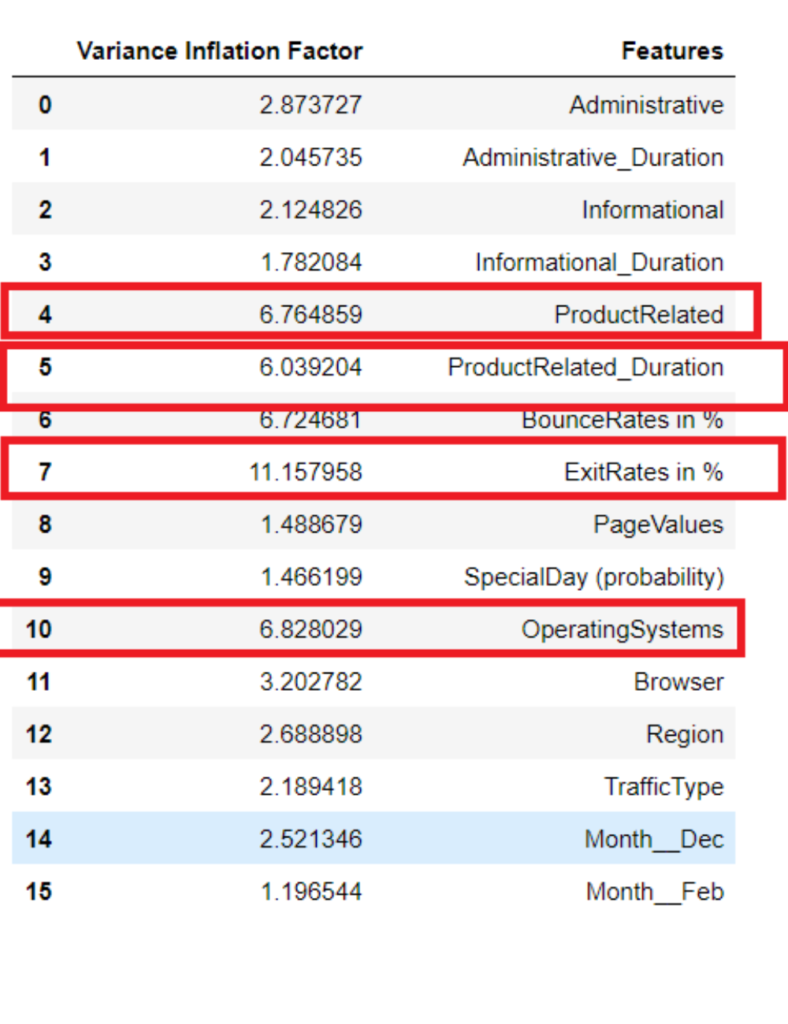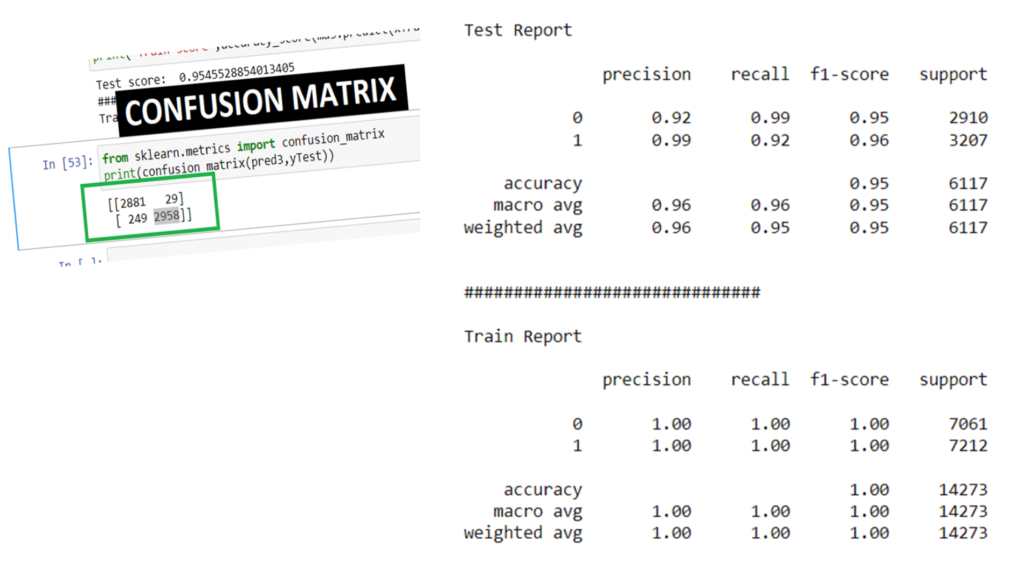Imagine having the power to predict whether a visitor to your online store is likely to make a purchase or not
This invaluable insight can revolutionize marketing strategies, boost conversion rates, and drive revenue growth.

In this blog post, I’ll take you on a journey through my project—a predictive model designed to determine the likelihood of a shopper making a purchase.
Project Objective
My mission was clear: to develop a predictive model that could unravel the mystery behind shopper intentions. Armed with data and a passion for data science, I set out to transform e-commerce strategies.
The Shopper Intentions Challenge
Predicting shopper intentions is the holy grail for e-commerce businesses. It’s the difference between showing the right product to the right person at the right time and missing an opportunity.
Accurate predictions empower businesses to optimize marketing campaigns, personalize user experiences, and ultimately drive growth.
SIGNIFICANCE
- Targeted marketing campaigns – Businesses can leverage our predictive model by doing targeted marketing campaigns
- Website Optimization – Optimizing the website as per the need of the shoppers will help the business to rise exponentially
- Identify Customers – Our predictive model can help businesses identify customers who are more likely to make a purchase, thereby maximizing sales opportunities.
FEATURES & TARGET VARIABLE

- Our Target Variable is whether a shopper makes a purchase or NOT (True or False). It serves as the key indicator of conversion and provides valuable insights into customer behavior.
- The GOAL is to develop a Predictive Model that accurately determines the likelihood of a shopper making a purchase based on their online behavior and characteristics.
- The Features used in the model encompass a wide range of factors that can influence shopper behavior.
- These include browsing patterns, such as the number of page views, session duration, and time spent on specific pages.
- Other potential predictors may include traffic sources, device type, Operating system. And also trying to gather whether the visitor is returning visitor or new
DATA PRE-PROCESSING
Duplicate Values
- Dataset has 125 duplicate values and luckily no null values
- Hence, We need to remove duplicate values while cleaning our data
Encoding
- Since, we have object and Boolean data type in our dataset, so we needed to encode those variables for the model building
- Hence, we can’t use label encoding in month variable.
- That’s why I used get_dummies() while encoding
Multi-Collinearity

- I had used variance inflation factor method to check multi-collinearity
- As shown in the image, data has multi-collinearity problem as many variables having VIF more than 5
- So accordingly, I had removed several highly co-related columns
Skewness

- As shown in the images, data has Positive Skewness
- Hence, I handled skewed data using Square Root Transformation
Outliers

- Since Difference between Minimum and Maximum value is way too less, then no need to handle outliers
Feature Scaling
- Feature scaling has become the necessity as there are different range of data,
- and Scaling the data will help in the process of model building
Exploratory Data Analysis (EDA)

Key Points
- #1 Region is where most of the shoppers visit the website
- Most shoppers use #2 Browser
- Website is not able to attract New Visitors but have really good Retention rate
- November is the most Profitable month
- People who generally shops from our website spent around 1000 – 2500 seconds on product page
Model Training:

- I trained the model using Logistic Regression, Decision Tree, Random Forest, Bagging Classifier, SVM,KNN and Voting Classifier
- However, Random Forest and Bagging Classifier seems to more accurate models (as shown in the figure)
Model Evaluation

Insights and Recommendations:
- Target Marketing Efforts: Focus marketing efforts on Region 1 since it attracts the majority of shoppers. Allocate resources and campaigns specifically targeting this region to maximize reach and engagement.
- Optimize Website Compatibility: Given that most shoppers use Browser 2, ensure that the website is fully optimized and compatible with this browser. Conduct regular testing and updates to ensure a seamless user experience.
- Enhance New Visitor Acquisition: Despite good retention rates, the website is struggling to attract new visitors. Implement targeted marketing strategies to increase brand awareness and attract new users. Consider social media advertising, search engine optimization (SEO), and referral programs to expand the customer base.
- Leverage November’s Profitability: Capitalize on the profitability of November by launching special promotions, discounts, or exclusive offers during this month. Develop marketing campaigns tailored to the seasonal shopping behavior observed in November to further drive sales.
- Focus on Weekend Revenue Generation: Allocate additional resources and marketing efforts to capitalize on the higher revenue generation during weekends. Develop targeted promotions or exclusive deals specifically for weekends to attract more visitors and drive sales.
- Nurture New Visitors during Weekends: Leverage the trend of new visitors generating revenue on weekends by tailoring marketing campaigns to this segment. Offer incentives, discounts, or personalized recommendations to encourage new visitors to make a purchase during their weekend visits.


